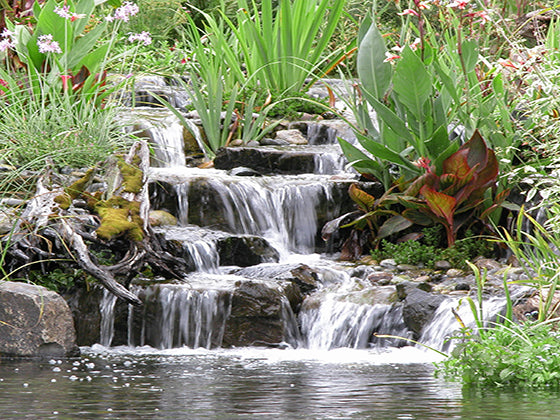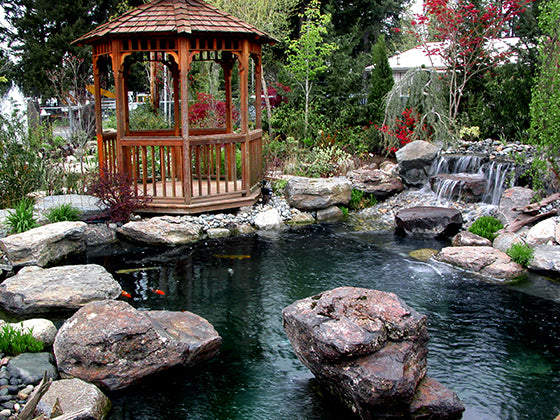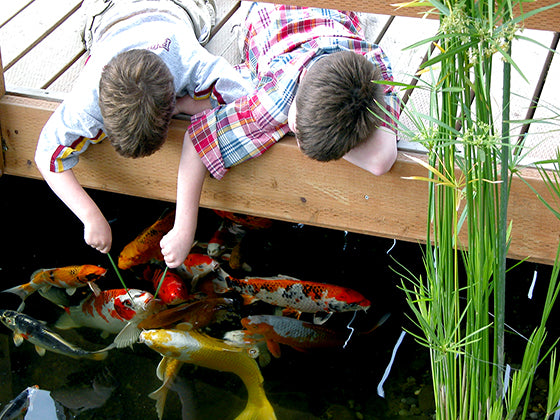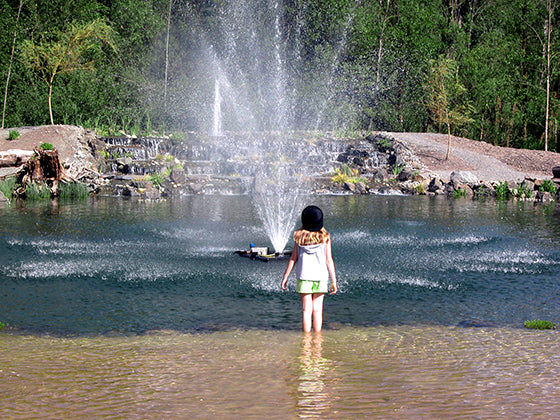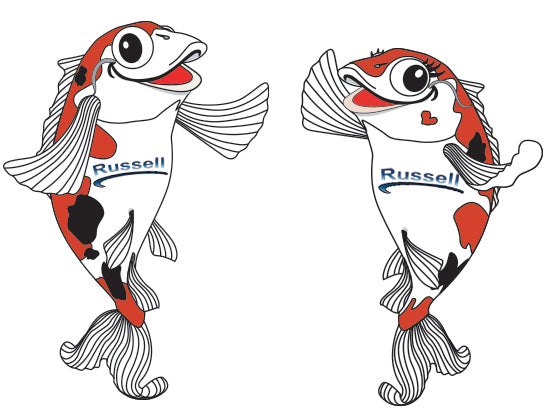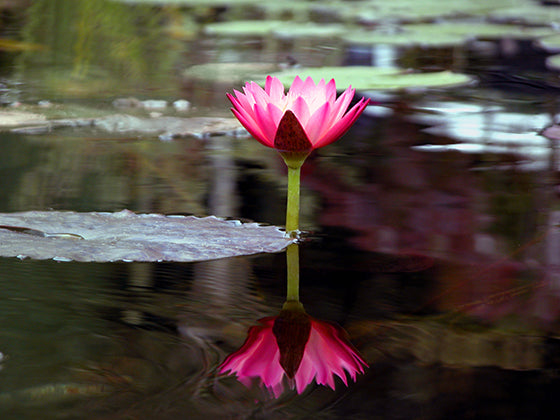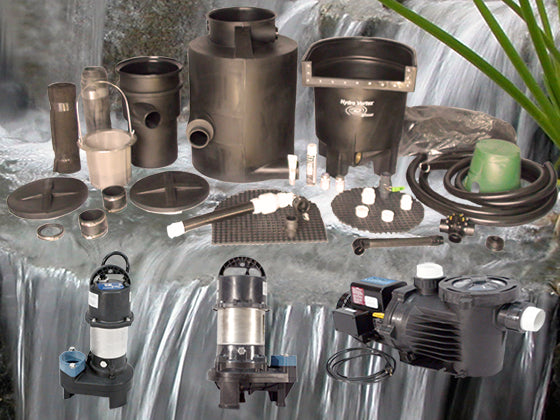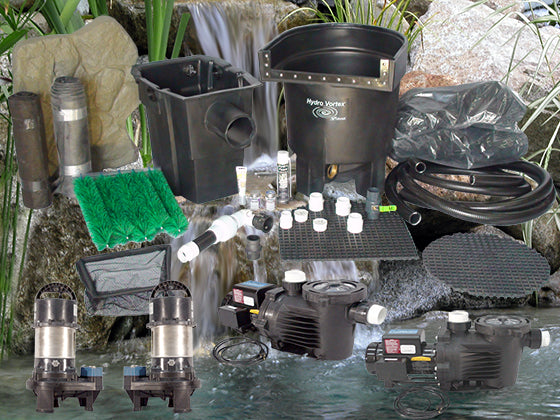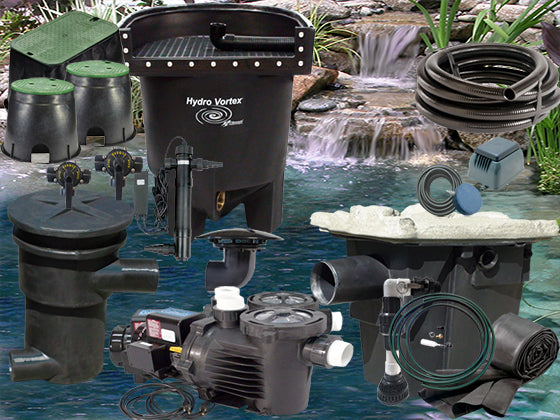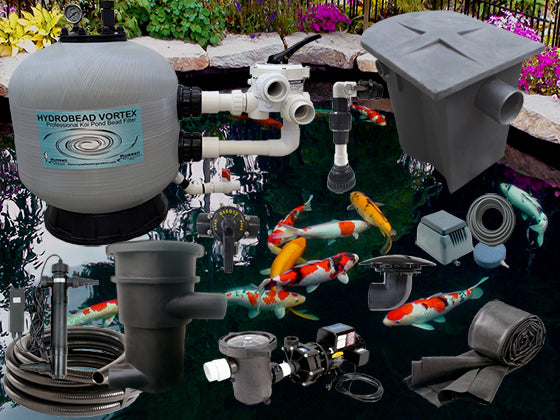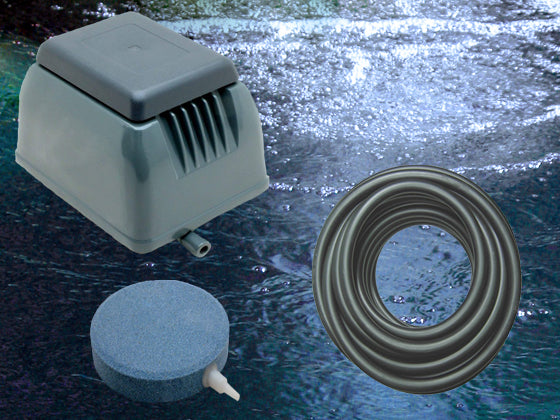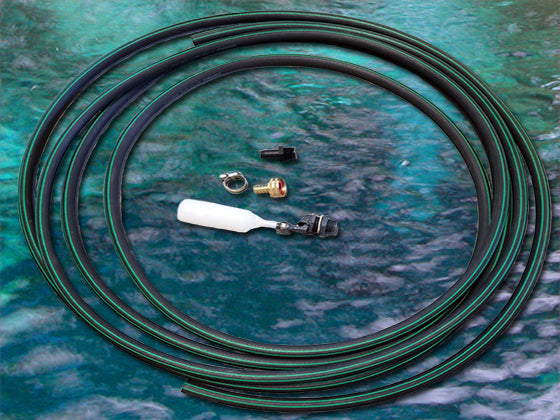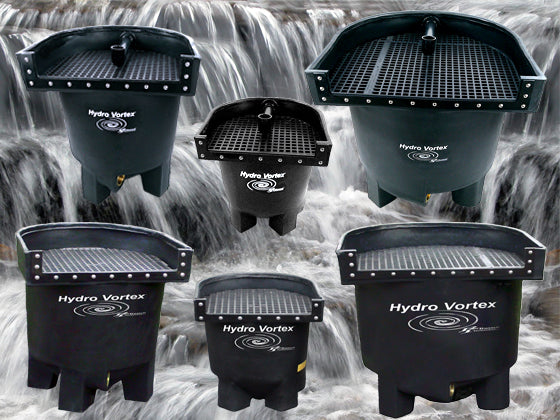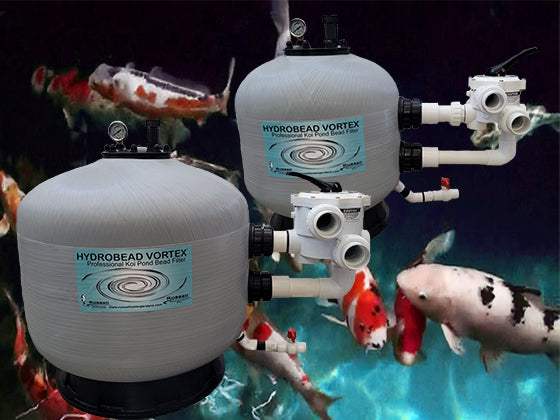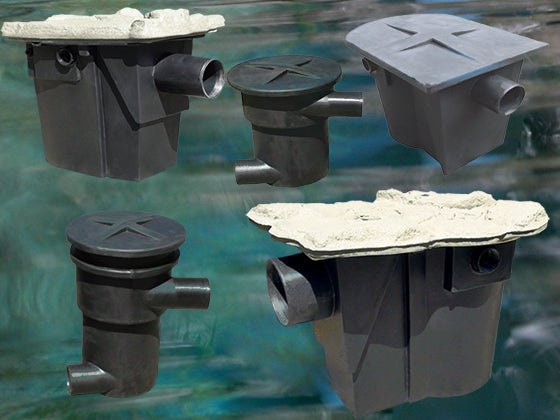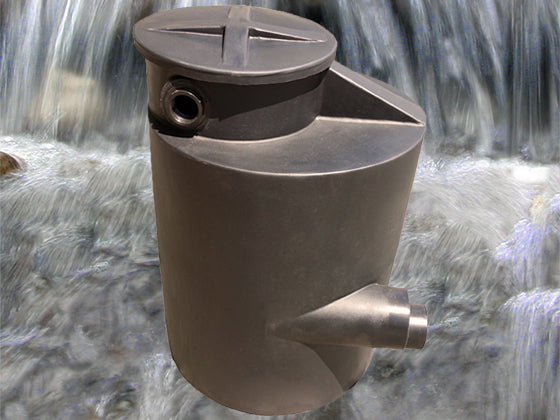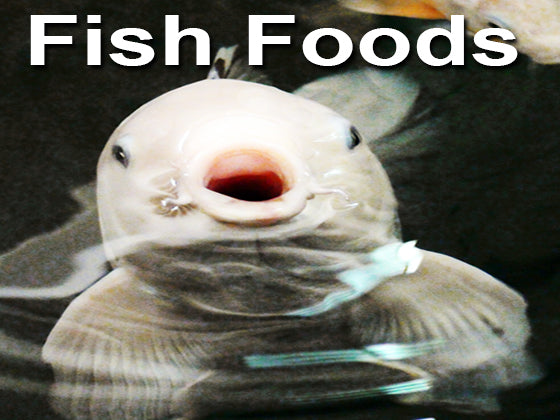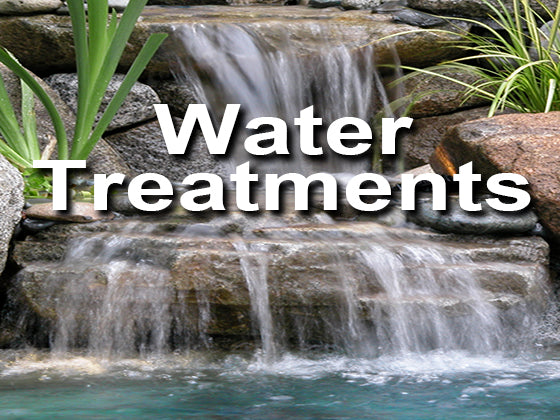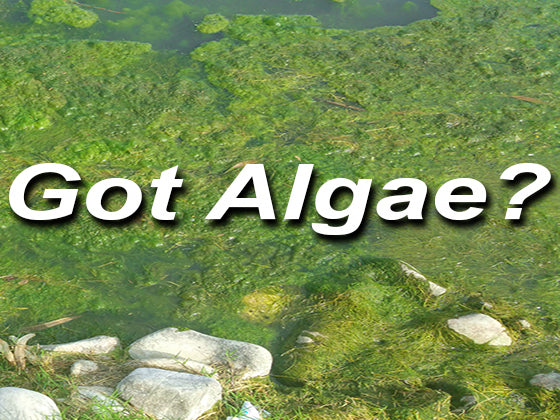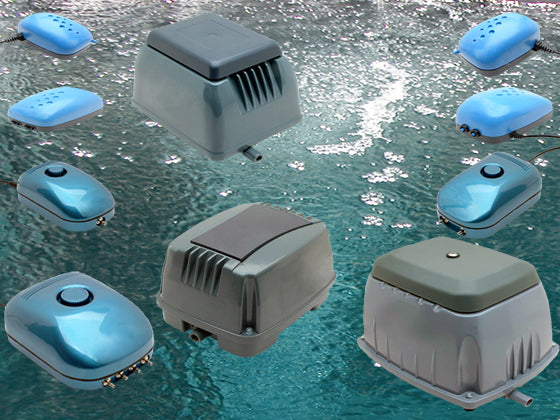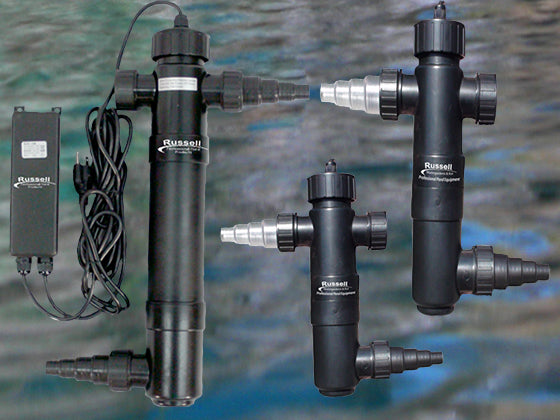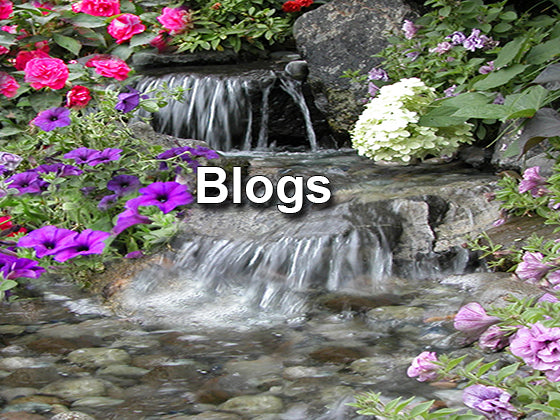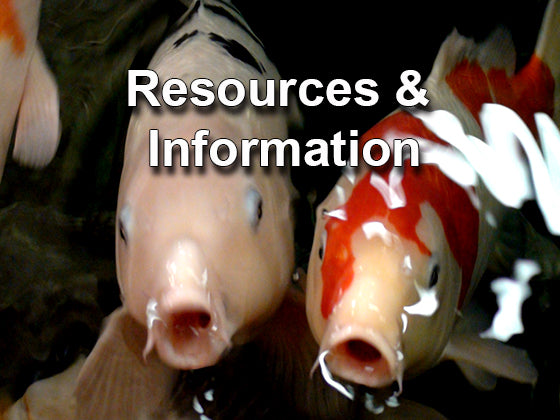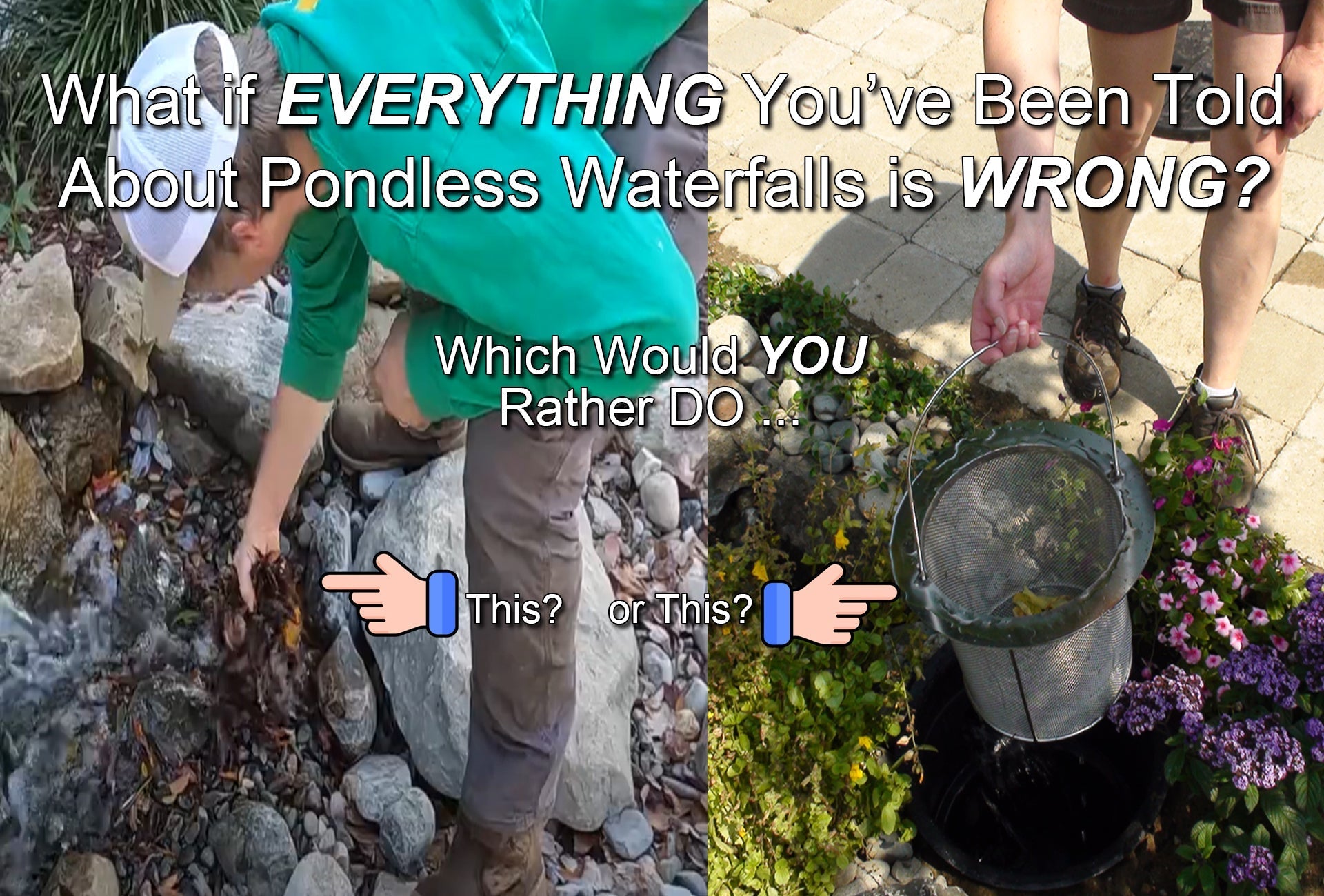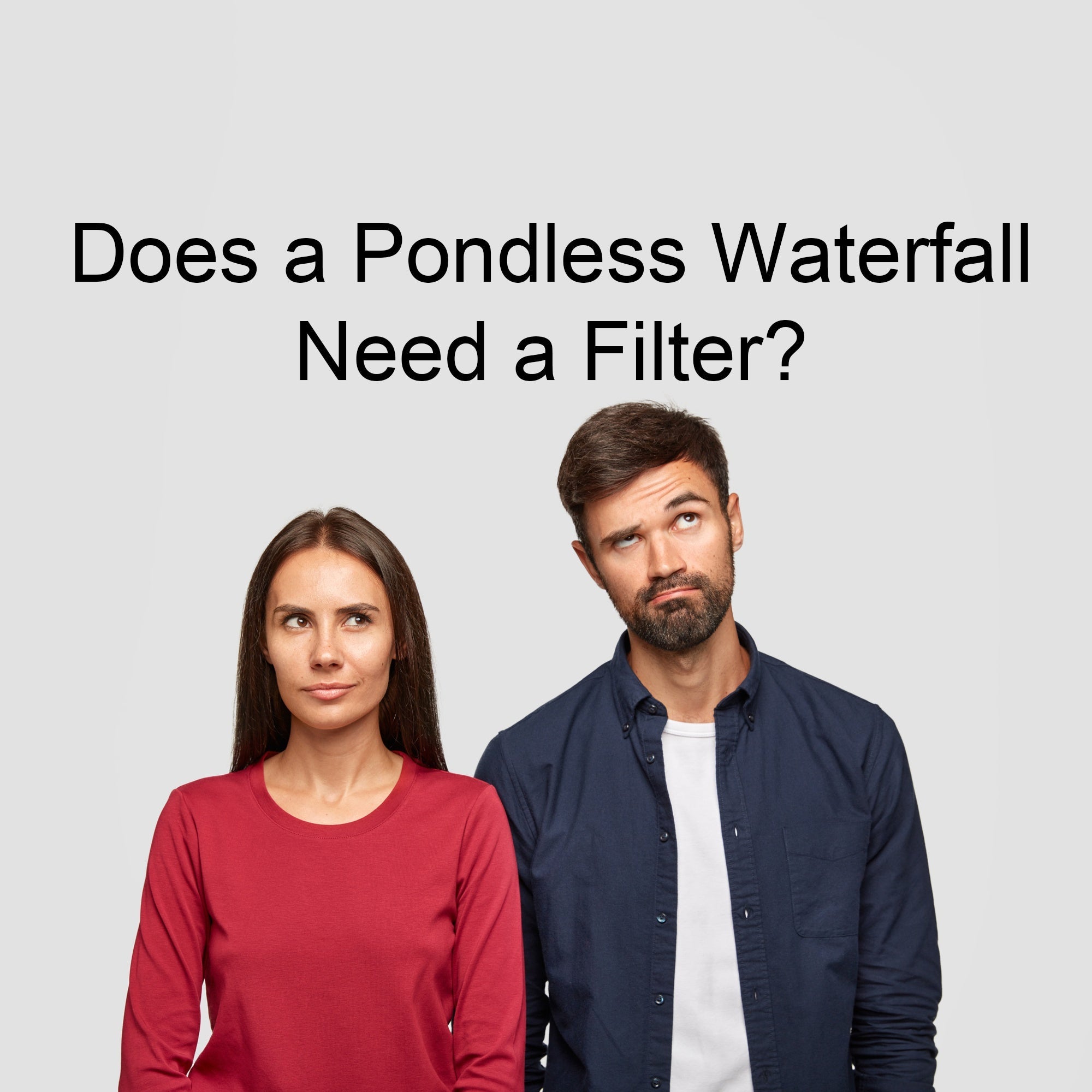There are Many Types of Water Plants - Annual and Perennial
Marginal, Submerged, Bog, Upright, and Horizontal Water Plants

There are many of types and varieties of water plants available for your pond: Bog, Marginal, Submerged, and Floating.
Within each categories there are "Hardy" and "Tropical" varieties. Hardy are perennial, and Tropical are considered as annuals.
Bog Plants Water depths of 0" over crown
Bog plants are plants that live in moist soil. Bog plants typically prefer to have just their "feet" wet - meaning: just their roots. Usually, a bog doesn't have long term standing water over the soil level. Virtually all marginal plants live comfortably in bog areas, but bog plants typically can't tolerate the deeper water depths that the marginal plants can. Bog plants are great for the edges of ponds and streams.


A few examples of bog plants:
Sarracenia - also known as "Carnivorous Plants" and/or "Pitcher Plants".
There are many varieties of Sarracenia available. Part of the interest in these plants is that they are "Mosquito Eaters". They trap and metabolize mosquitoes, gnats, and other small insects.
Sarracenia grow at the edges of ponds and streams where the "crown" of the plant can be above the water line. (The "crown" is the line where the plant enters the soil) They grow in sun to part shade and can grow to 24" tall.


Some varieties of Sarracenia resemble Japanese Lanterns and/or Dragon Heads! They are endlessly fascinating and beautiful - and are a "must have" plant in all pond edges, streams, and or container bog gardens.

Other bog plant varieties are Gunnera Manicata - also known as Giant Brazilian Rhubarb.

Marginal Plants Water depths 0" - 6" over crown
Marginal plants are plants that can live in water up to 6" over the crown of the plant. These plants are suitable for the edges of your pond. They can also be planted in streams. Marginal plants can bloom while some don't. They all add character and interest to your pond.


A few examples of marginal plants:
Aquatic Iris
There are many varieties, sizes, and colors of iris available. All bloom in spring to early summer. Grow in full sun to part shade. All have exceptionally beautiful blossoms.


Blossoms range from white to yellow to purple, blue to red. Each color also features either blue, purple, yellow, red, and orange - or a mixture of colors.
Iris blossoms are at the end of tall stocks that lift the flower above the leaves. Iris blossoms make beautiful floral arrangements inside the home!



Rush - Juncus
Dwarf Rush
Curley Rush
Variegated Rush
Zebra Rush
Compact Rush
Common Rush
Blue Rush
and many others
Rushes are an important aquatic plant as they provide texture, color, and interest. They also provide a backdrop for flowering aquatic plants. Some Rushes are evergreen - providing interest during the winter months.

Cattail - Typha
Miniature Cattail
Dwarf Cattail
Variegated Cattail
Common Cattail
Graceful Cattail

Cattail are also important aquatic plants that provide vertical texture and winter interest to any pond.
When "blooming", the plumes provide striking texture and beauty. The photo on the left is of Dwarf Cattail.

Canna - cannaceae
 There are Hardy Canna and Tropical Canna. By far, the Tropical Cannas have the most striking foliage and the most beautiful blooms.
There are Hardy Canna and Tropical Canna. By far, the Tropical Cannas have the most striking foliage and the most beautiful blooms.

Lotus, & Hardy and Tropical Water Lilies
There is nothing quite like the beauty and elegance that Lotus brings to your pond.
Lotus blooms can be as large as dinner plates! The leaves can be even larger!
Hardy Water Lilies are perennial. Tropical Water Lilies are annual. Its best for color and texture to have a mixture of both in the pond.
Hardy Water Lily blooms float on the surface of the water while Tropical Water Lily blooms rise above the water.

Both Hardy and Tropical Water Lilies provide shade for your fish - and shades algae from the sunlight it needs. They are easy to grow, and provide dramatic beauty to your pond.
No pond is complete without a beautiful mix of water lilies.
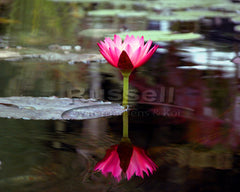
A few examples of floating plants, and submerged oxygenators.

 Popular Floating Plants
Popular Floating Plants
Water Lettuce - Araceae
Water Hyacinth - Eichhornia
Water Fern/Fairy Moss - Azolla caroliniana
Duckweed - Lemnaceae
Frogbit - Hydrocharitaceae


Popular Submerged Oxygenators
Hornwort - Ceratophyllum
Sagittaria - Sagittaria

